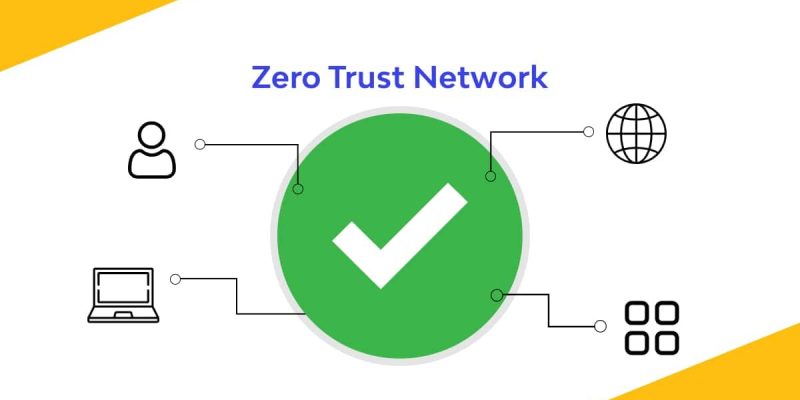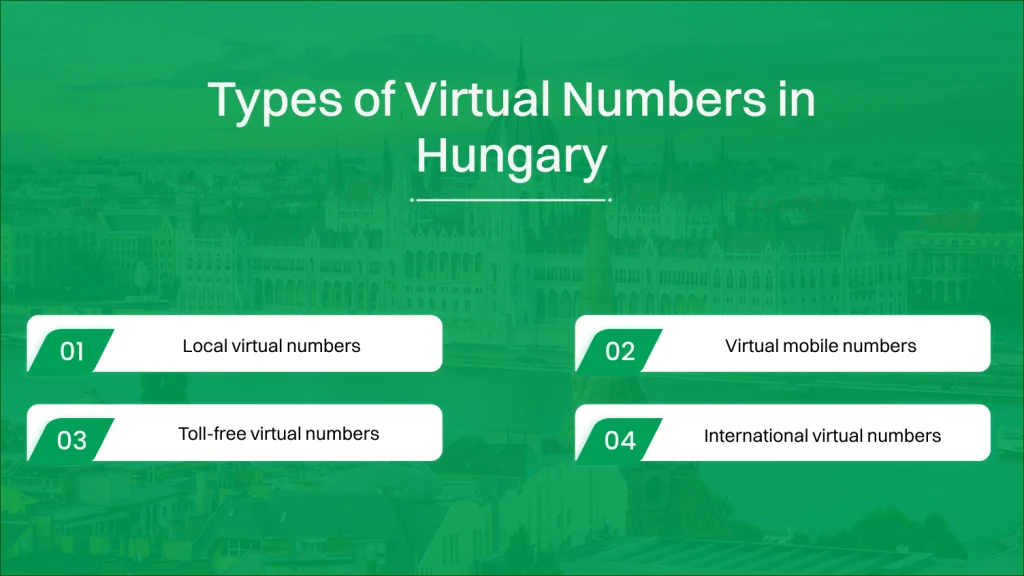The rising threat of sophisticated cyberattacks has pushed organizations to adopt advanced security measures. Zero Trust Network Access (ZTNA) is one such robust security measure to control modern threats. The security approach, due to its comprehensiveness, is gaining immense popularity worldwide.
The market size of the Zero Trust security is forecast to reach $67.9 billion by 2028 at a Capital Annual Growth Rate (CAGR) of 16.9%. But what exactly is ZTNA, and how does it transform your business’s security posture? Let’s get a closer look at the zero trust model and its potential to secure your networks.
Understanding the Concept of “Zero Trust”
Zero trust is an inclusive security framework that eliminates the traces of inherent trust and requires every part of your system to be properly authorized and authenticated before granting access. The core idea behind zero trust is to trust nothing and verify everything. ZTNA is an IT security approach that grants access to resources based on predefined protocols.
ZTNA solutions are also referred to as software-defined perimeters, and they leverage a specific trust broker to verify identities and allow access. A ZTNA service reduces unauthorized lateral movement within the system. When network movements are minimized, the surface area for attacks also reduces, resulting in better protection.
The Origins of Zero Trust Network Access (ZTNA)
The concept of Zero Trust was coined by Forrester Research back in 2010. The ZTNA model is a subset of Zero Trust, which was derived by Gartner in 2019 as a robust approach against a new, more perilous digital landscape.
This model states that access should be granted only after the request is proven trustworthy. Most importantly, trust should be verified every time anything about the connection, such as the IP address, location, or context changes.
How ZTNA Differs from Traditional Network Access Methods
So, what’s better about the modern ZTNA that defeats the traditional access control solutions? ZTNA controls access to specific applications and resources within the network, while traditional solutions offer network-wide security. This means that once bad actors penetrate the system by any means, they are free to carry out their malicious actions.
ZTNA, in contrast, implements security procedures at every step within the network. It states that the network perimeter is porous and threats can originate from within. ZTNA shifts the security focus from the perimeter to individual users, devices, and applications. It involves micro-segmentation, identity verification, and continuous monitoring, making it a more robust and adaptive security model.
Key Principles Behind ZTNA
Now, let’s look at the key principles that drive this advanced security approach and help it outperform traditional access control solutions. These principles include:
Least Privilege Access
This principle emphasizes that every user should be granted a minimum level of access to applications and resources needed to perform their tasks. Based on this, organizations should make sure that no user is given unlimited access to organizational resources.
Micro-segmentation
The micro-segmentation principle involves a security approach that divides the network into small, isolated segments, defining flexible and fine-grained policies for each. As a result, the lateral movements of attackers are kept to a minimum, reducing the attack surface and damage.
Multi-Factor Authentication (MFA)
This is another key principle that sets the foundation of ZTNA. MFA strengthens the authentication process by adding multiple layers of user verification. It’s a robust identity verification method that prevents unauthorized users from accessing your system.
Benefits of Adopting a ZTNA Approach
Zero Trust is an unparalleled network security approach that has immense potential to encounter sophisticated threats. Some of the ways organizations can benefit from ZTNA include:
Accessibility
Remote work has become a critical part of modern businesses. ZTNA solutions allow users to securely access the network from wherever they are. This is also beneficial where service-based applications are present on multiple cloud structures.
Fast Deployment
Leaving a network unattended for a short time can cause a lifetime of trouble. So, traditional security solutions that take weeks and even months to deploy are no longer effective in today’s rapidly fast-paced world. However, ZTNA can be deployed easily in just a matter of days, reducing the risks of cyberattacks.
Application Visibility
ZTNA creates a virtual darknet that renders your applications completely invisible on the public internet. It means your applications will not be seen from outside or by users without authorized permission. This way, you can protect your network from internet-based data exposure, DDoS attacks, and malware threats.
Real-world Applications and Use Cases of ZTNA
ZTNA is not a theoretical concept; it has been successfully implemented across various industries. Some of its real-world applications include:
Multi-Cloud Security
Hybrid and multi-cloud environments are popular areas to leverage the power of ZTNA. As more companies shift to a cloud environment, most of them are using the ZTNA model to secure their cloud resources.
M&A Integration
In the realm of mergers and acquisitions (M&A), the process of integrating two organizations often extends over several years. However, ZTNA streamlines and shortens this integration period significantly. It simplifies the tasks and reduces the managerial efforts required to ensure a successful M&A transition.
Secured Access to Private Applications
As more organizations shift to the cloud, remote access to private applications has become riskier. So, companies implement ZTNA solutions that create a seamless direct-to-application connection tunnel for authorized users to access those applications.
Common Misconceptions Surrounding ZTNA
While ZTNA is becoming popular, some misconceptions about it are evident. Some common myths about ZTNA include:
- Zero Trust is a product you can purchase.
ZTNA is not a product but a set of strategies that work together to create a comprehensive security architecture.
- Zero Trust replaces VPN.
ZTNA works in conjunction with VPN to strengthen the cybersecurity posture and does not serve as a replacement.
- Zero trust is only applicable for enterprise use.
Businesses of all sizes can implement ZTNA by spreading out the cost by continuously investing in the improvements while creating a strong posture.
- It extremely slows down network performance.
Modern ZTNA networks now use smart and adaptable ways to confirm your identity, making it easier for you to access what you need without impacting performance.
ZTNA’s Role in the Future of Cybersecurity
ZTNA is not a product that you can purchase and use; it is a security framework that uses technology, processes, and people to protect your network. Developing a ZTNA to secure your critical corporate assets is a wise decision to protect your business from both financial and reputational damage. As the threat landscape continues to evolve, the role of ZTNA in cybersecurity will also increase to adapt to emerging threats.









